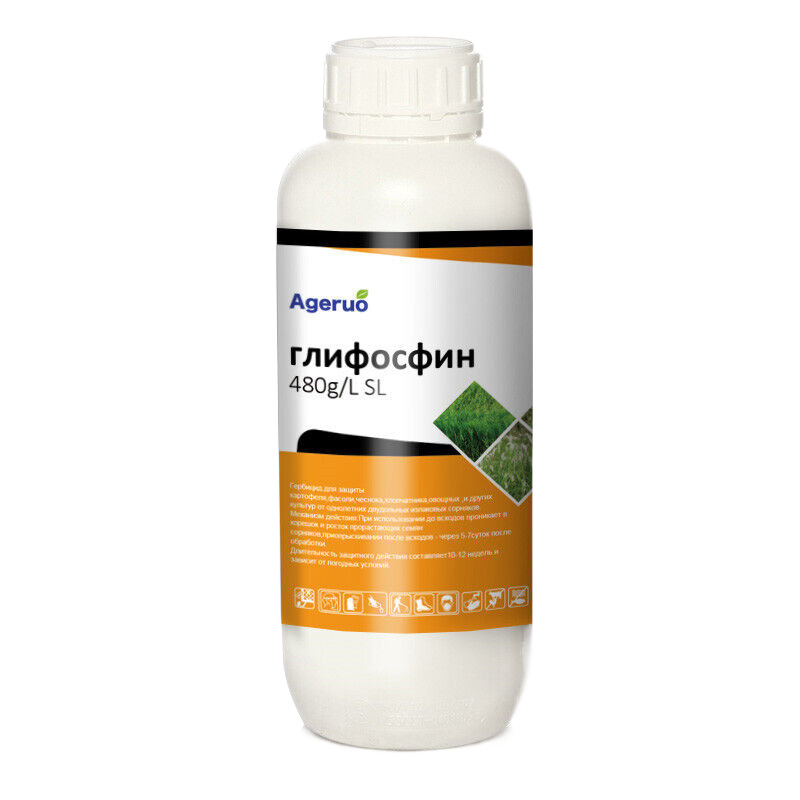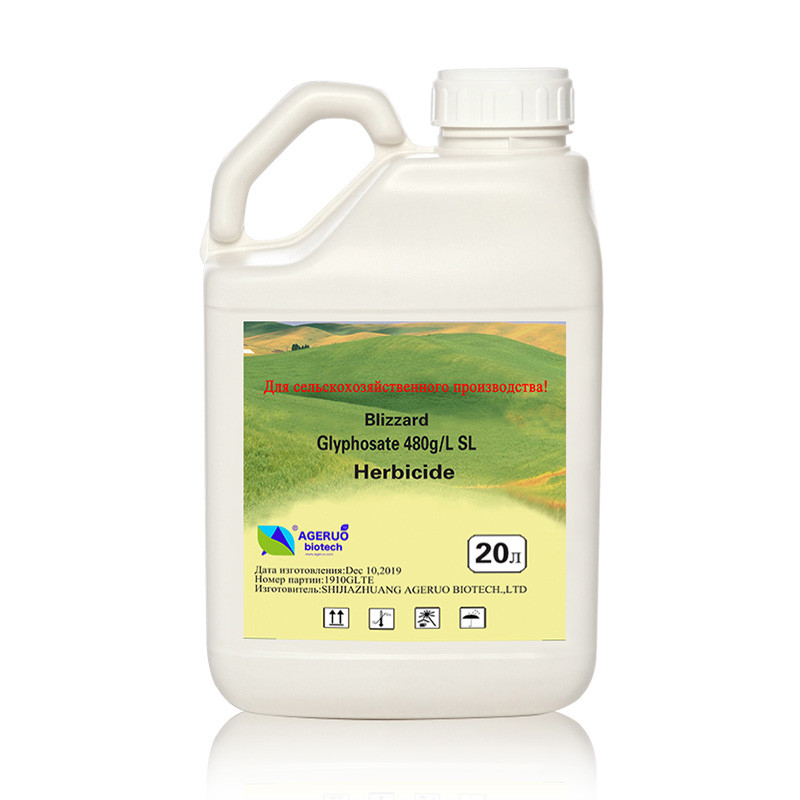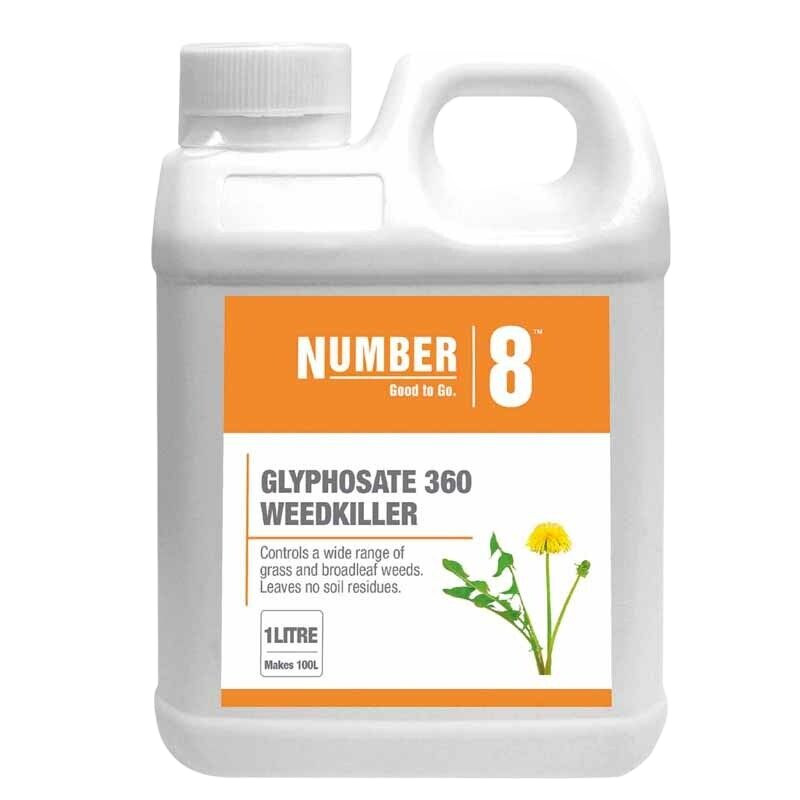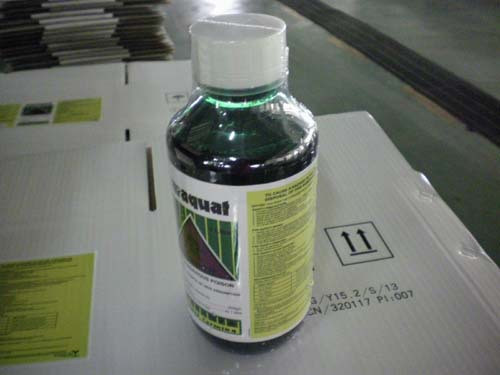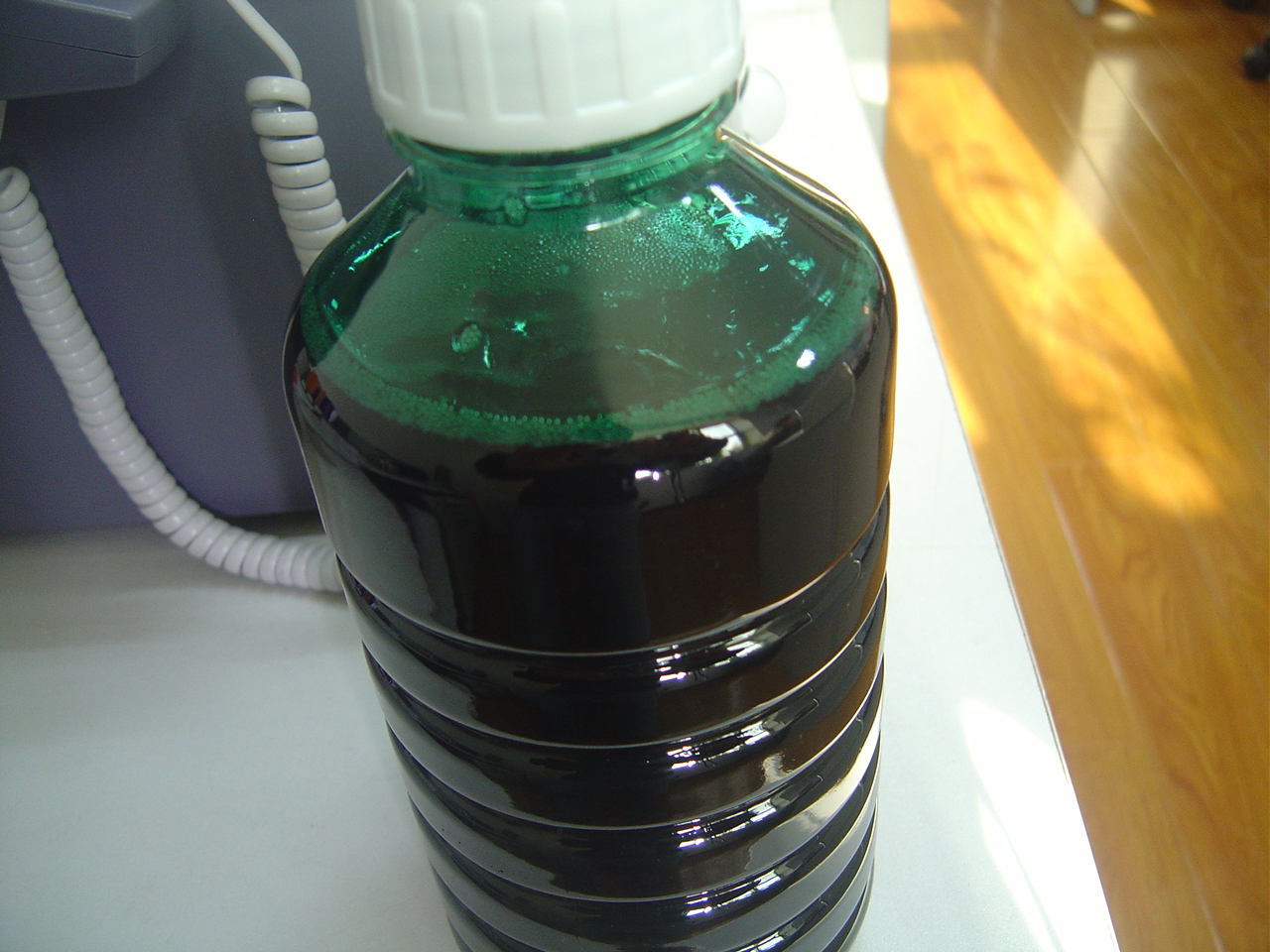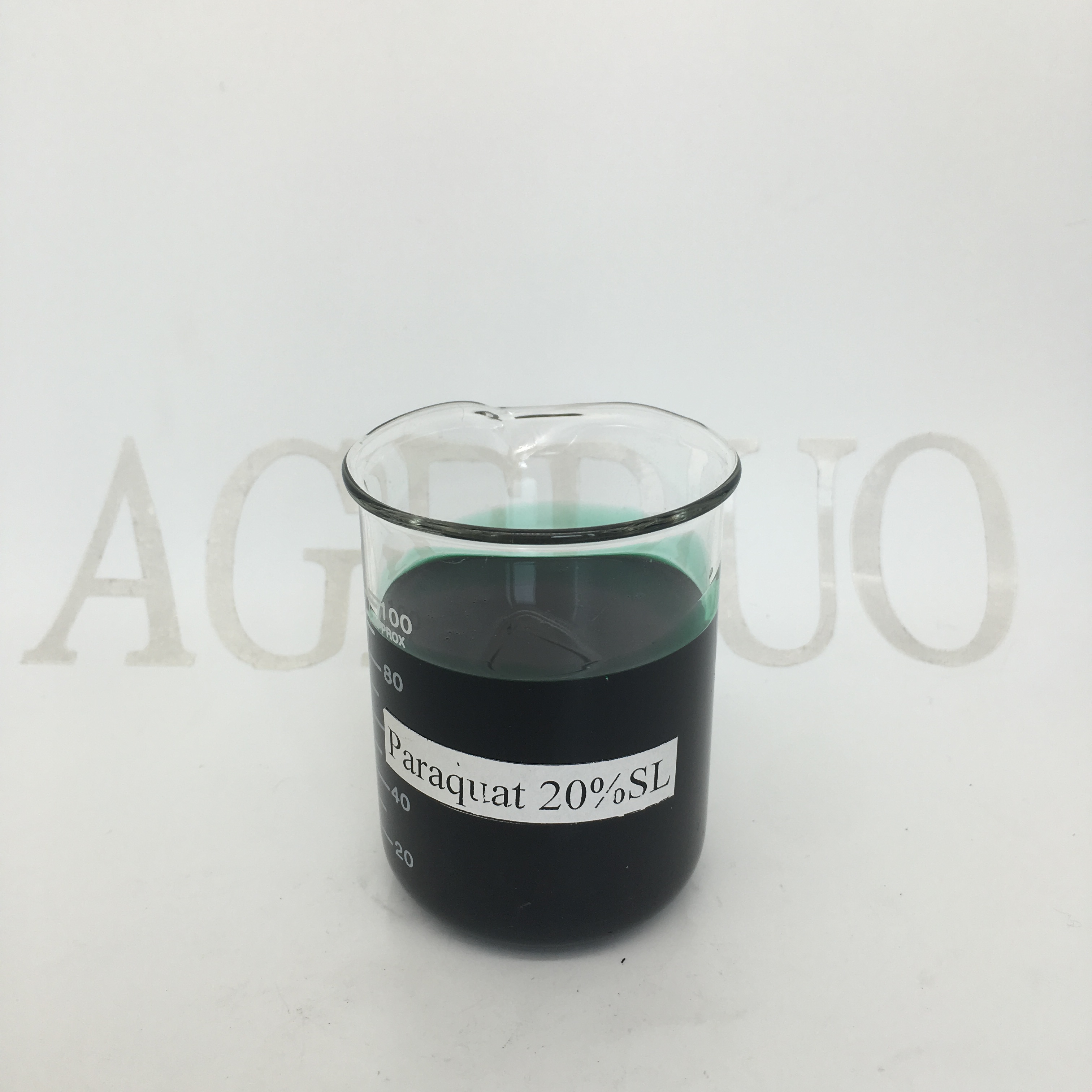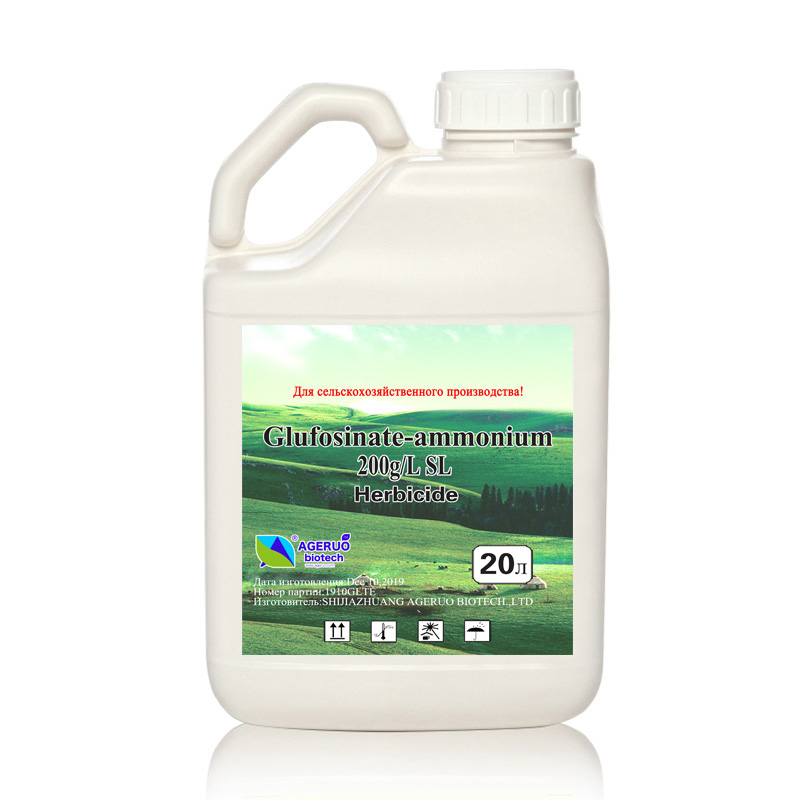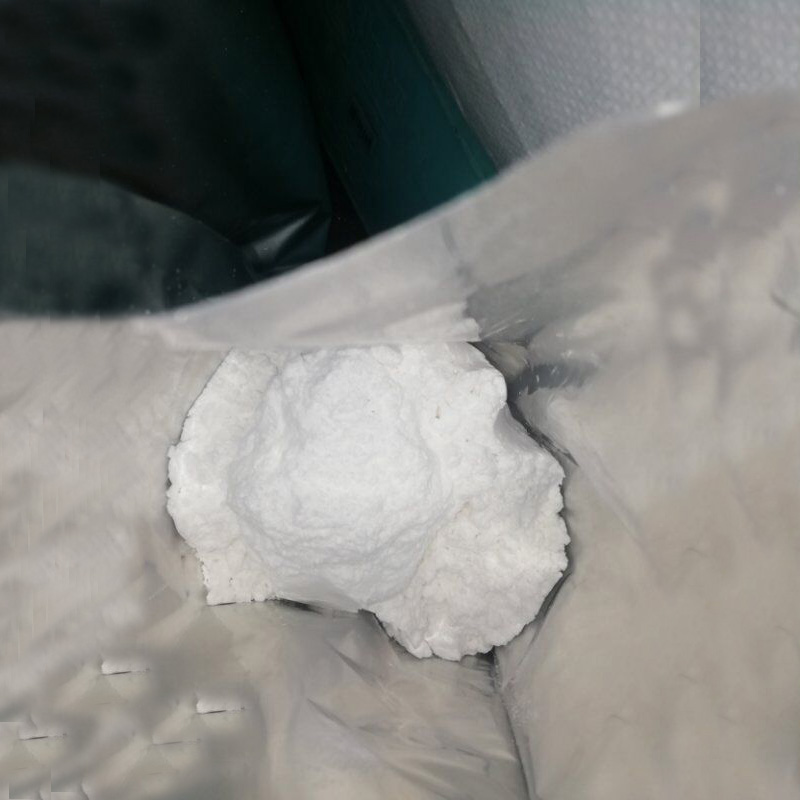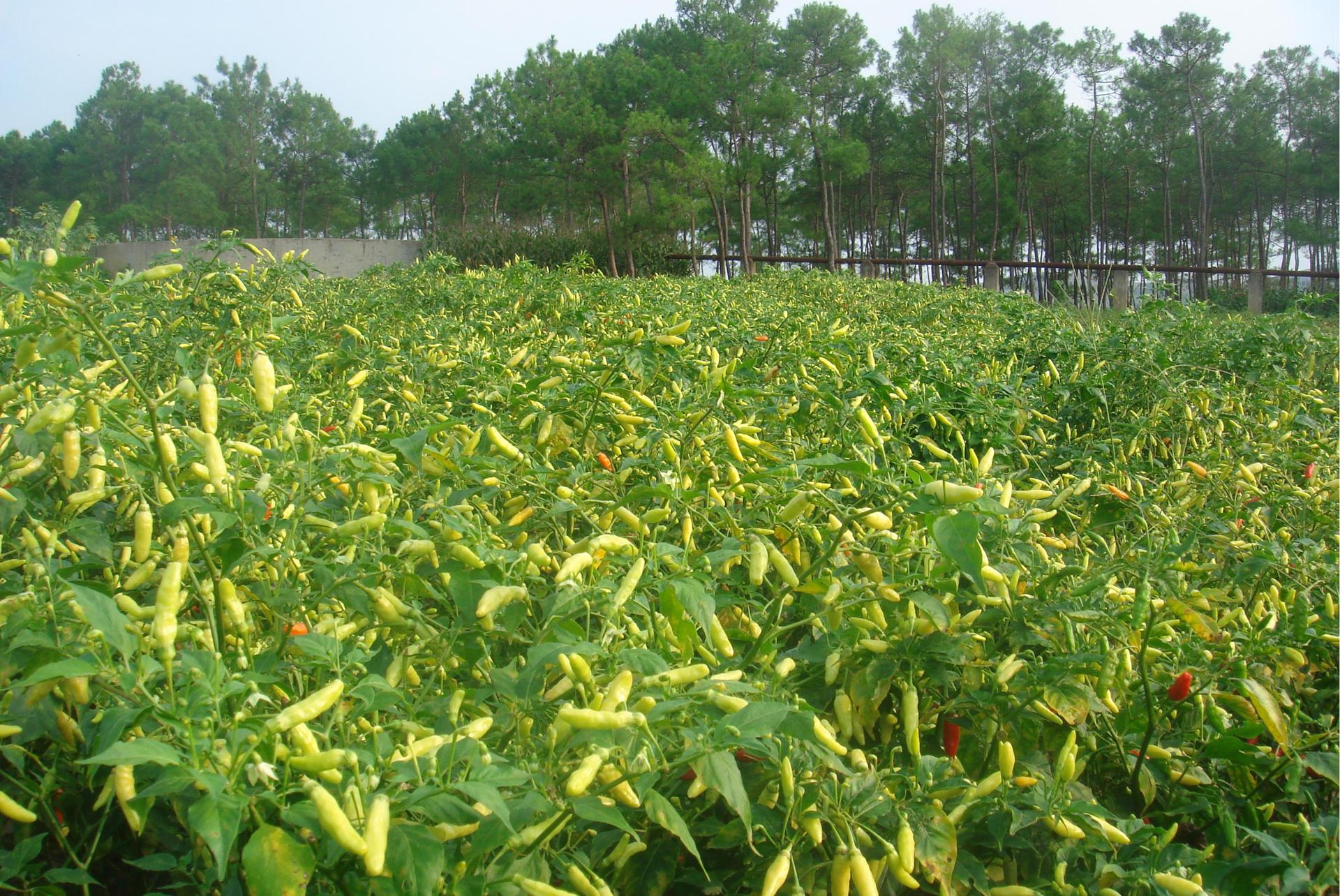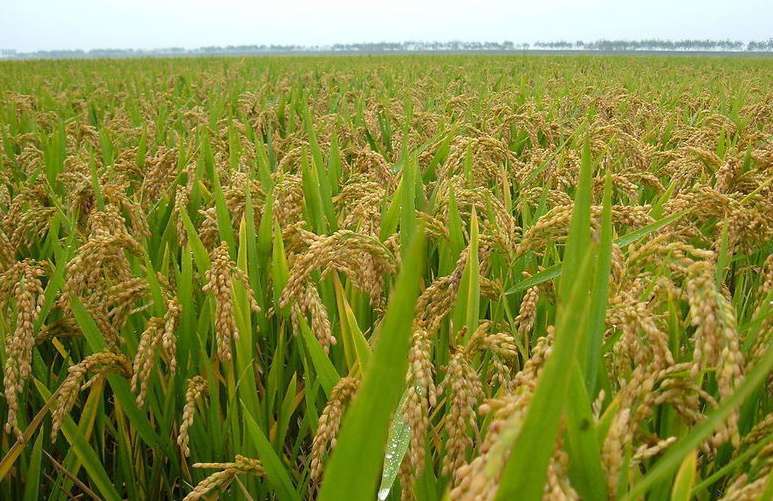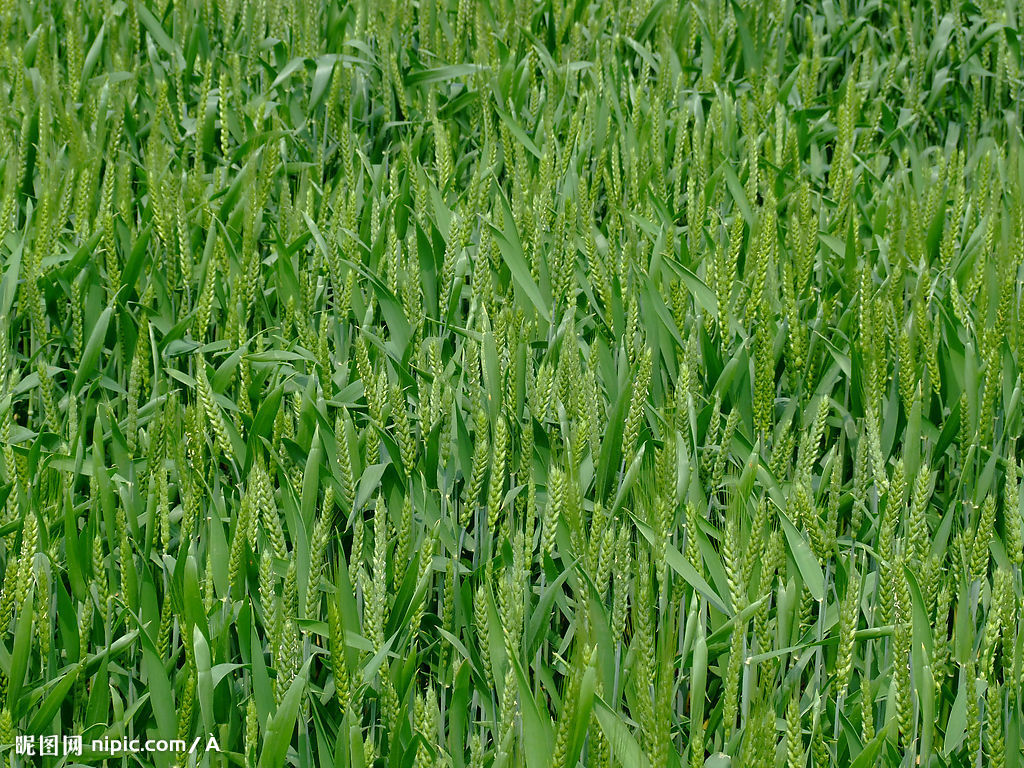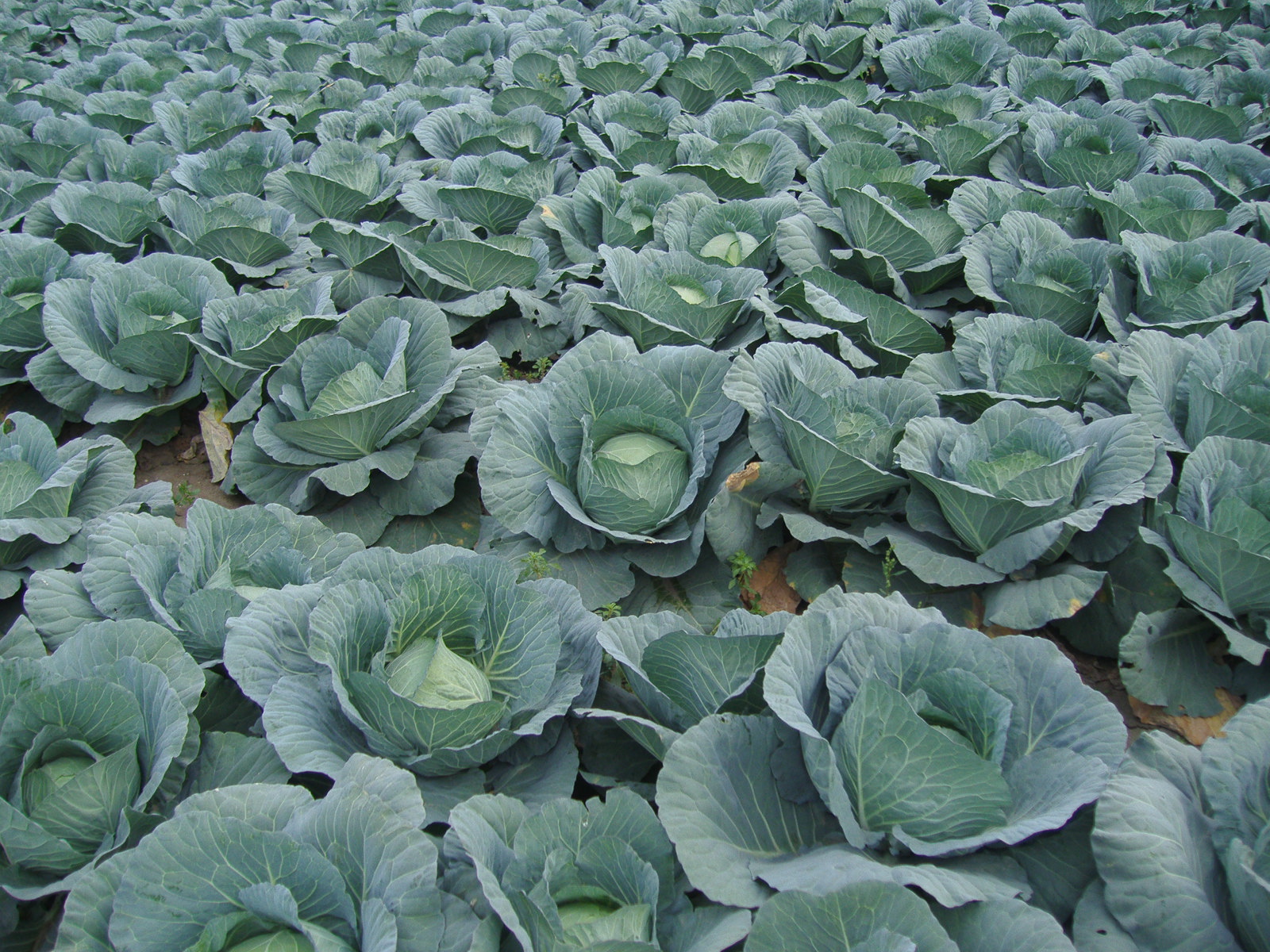Glyphosate, Paraquat, and Glufosinate-ammonium are the three major biocidal herbicides. Each has its own characteristics and advantages. Almost all growers can mention a few of them, but concise and comprehensive summaries and summaries are still rare. They are worth summarizing and are easy to memorize.
Glyphosate
Glyphosate is an organophosphorus-type systemic conductive broad-spectrum, biocidal, low-toxic herbicide. It mainly inhibits enolacetyl shikimate phosphate synthase in plants, thereby inhibiting the conversion of shikidomin to phenylalanine and tyrosine. And the conversion of tryptophan, which interferes with protein synthesis and leads to plant death. Glyphosate has extremely strong systemic conductivity. It can not only be absorbed and transmitted to the underground parts through the stems and leaves, but also can be transmitted between different tillers of the same plant. It has a strong killing effect on the underground tissues of perennial deep-rooted weeds and can Reach depths that ordinary agricultural machinery cannot reach. After entering the soil, the drug quickly combines with iron, aluminum and other metal ions and loses activity. It has no adverse effects on seeds and microorganisms in the soil and is safe for natural enemies and beneficial organisms.
Glyphosate is suitable for weeding in orchards such as apples, pears, and citrus, as well as mulberry orchards, cotton fields, no-till corn, no-till direct-seeded rice, rubber plantations, fallow lands, roadsides, etc. It can effectively control annual and perennial grass weeds, sedges and broadleaf weeds. For some highly resistant weeds in Liliaceae, Convolvulaceae and Leguminosae, only increased dosage can be effectively controlled.
Related reading: 2, 4-D metsulfuron methyl or glyphosate: What’s the difference?
Paraquat
Paraquat is a fast-acting contact-killing herbicide that has a strong destructive effect on the green tissue of plants. Weed leaves will begin to be damaged and discolored 2-3 hours after the herbicide is applied. The drug has no systemic conduction effect and can only damage the site of application, but cannot damage plant roots and seeds hidden in the soil. Therefore, weeds regenerate after application. Cannot penetrate suberized bark. Once in contact with soil, it will be adsorbed and passivated. Paraquat is very popular because of its advantages such as quick effect, resistance to rain erosion, and high cost performance. However, it is highly toxic and very harmful to humans and livestock. Once poisoned, there is no specific antidote.
Glufosinate-ammonium
1. It has a broad spectrum of herbicides. Many weeds are sensitive to Glufosinate-ammonium. These weeds include: cowgrass, bluegrass, sedge, bermudagrass, barnyard grass, ryegrass, bentgrass, rice sedge, Special-shaped sedge, crabgrass, wild licorice, false stinkweed, corn grass, roughleaf flower grass, flying grass, wild amaranth, sedge, hollow lotus grass (revolutionary grass), chickweed, small fly, mother-in-law, horse Amaranth, Brachiaria, Viola, field bindweed, Polygonum, shepherd's purse, chicory, plantain, ranunculus, baby's breath, European Senecio, etc.
2. Outstanding action characteristics. Glufosinate-ammonium requires no rainfall for 6 hours after spraying to maximize its efficacy. Under field conditions, because it can be degraded by soil microorganisms, the root system cannot absorb it or absorbs very little. The stems and leaves After treatment, the leaves quickly develop phytotoxicity, thus limiting the conduction of Glufosinate-ammonium in the phloem and xylem. High temperature, high humidity, and high light intensity promote the absorption of Glufosinate-ammonium and significantly increase the activity. Adding 5% (W/V) ammonium sulfate to the spray solution can promote the absorption of Glufosinate-ammonium and effectively improve the activity of Glufosinate-ammonium under low temperature conditions. The sensitivity of a series of plants to Glufosinate-ammonium is related to their absorption of herbicides, so ammonium sulfate has a more significant synergistic effect on weeds with low sensitivity.
3. Environmentally safe, Glufosinate-ammonium is rapidly degraded by microorganisms in the soil, and its leaching in most soils does not exceed 15 cm. The available soil water affects its adsorption and degradation, and ultimately releases carbon dioxide. No residues were detected at crop harvest and the half-life is 3-7 days. 32 days after stem and leaf treatment, about 10%-20% of the compounds and degradation products remained in the soil, and by 295 days, the residue level was close to 0. Considering environmental safety, short half-life and poor mobility in soil make Glufosinate-ammonium also suitable for forest weeding.
4. Broad prospects. Since Glufosinate-ammonium has a broad herbicidal spectrum, is rapidly degraded in the environment and has low toxicity to non-target organisms, it is of great significance to use it as a post-emergent selective herbicide in crop fields. Bioengineering technology This provides the possibility. Currently, Glufosinate-ammonium ranks second only to Glyphosate in the research and promotion of genetically modified herbicide-resistant crops. Currently, Glufosinate-ammonium-resistant genetically modified crops include rape, corn, soybean, cotton, sugar beet, rice, barley, Wheat, rye, potato, rice, etc. There is no doubt that Glufosinate-ammonium has a huge commercial market. According to other data, Glufosinate-ammonium can prevent and control rice sheath blight infection and reduce the colonies it produces. It has high activity against fungi that cause sheath blight, sclerotinia and pythium wilt, and can prevent and treat it at the same time. Weeds and fungal diseases in Glufosinate-ammonium transgenic crops. Spraying normal dosage of Glufosinate-ammonium on Glufosinate-ammonium-resistant transgenic soybean fields has a certain inhibitory effect on the soybean bacterium Pseudomonas infestans and can inhibit or delay the growth of the bacteria. Because Glufosinate-ammonium has the characteristics of high activity, good absorption, broad herbicidal spectrum, low toxicity, and good environmental compatibility, it is another excellent herbicide after Glyphosate.
Post time: Feb-26-2024


